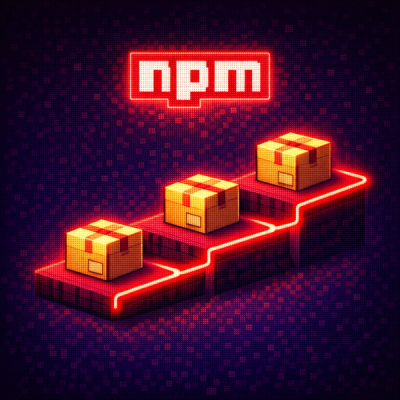
Tiffwrite
Write BioFormats/ImageJ compatible tiffs with zstd compression in parallel using Rust.
Features
- Writes bigtiff files that open in ImageJ as hyperstack with correct dimensions.
- Parallel compression.
- Write individual frames in random order.
- Compresses even more by referencing tag or image data which otherwise would have been saved several times.
For example empty frames, or a long string tag on every frame. Editing tiffs becomes mostly impossible, but compression
makes that very hard anyway.
- Enables memory efficient scripts by saving frames whenever they're ready to be saved, not waiting for the whole stack.
- Colormaps
- Extra tags, globally or frame dependent.
Python
Installation
pip install tiffwrite
or
- install rust
pip install tiffwrite@git+https://github.com/wimpomp/tiffwrite
Usage
Write an image stack
tiffwrite(file, data, axes='TZCXY', dtype=None, bar=False, *args, **kwargs)
- file: string; filename of the new tiff file.
- data: 2 to 5D numpy array in one of these datatypes: (u)int8, (u)int16, float32.
- axes: string; order of dimensions in data, default: TZCXY for 5D, ZCXY for 4D, CXY for 3D, XY for 2D data.
- dtype: string; cast data to dtype before saving, only (u)int8, (u)int16 and float32 are supported.
- bar: bool; whether to show a progress bar.
- args, kwargs: arguments to be passed to IJTiffFile, see below.
Write one frame at a time
with IJTiffFile(file, dtype='uint16', colors=None, colormap=None, pxsize=None, deltaz=None,
timeinterval=None, **extratags) as tif:
some loop:
tif.save(frame, c, z, t)
-
path: string; path to the new tiff file.
-
dtype: string; cast data to dtype before saving, only (u)int8, (u)int16 and float32 are supported by Fiji.
-
colors: iterable of strings; one color per channel, valid colors (also html) are defined in matplotlib.colors.
Without colormap BioFormats will set the colors in this order: rgbwcmy.
Note that the color green is dark, the usual green is named 'lime' here.
-
colormap: string; choose any colormap from the colorcet module. Colors and colormap cannot be used simultaneously.
-
pxsize: float; pixel size im um.
-
deltaz: float; z slice interval in um.
-
timeinterval: float; time between frames in seconds.
-
compression: int; zstd compression level: -7 to 22.
-
comment: str; comment to be saved in tif
-
extratags: Sequence[Tag]; other tags to be saved, example: Tag.ascii(315, 'John Doe') or Tag.ascii(33432, 'Made by me').
-
frame: 2D numpy array with data.
-
c, z, t: int; channel, z, time coordinates of the frame.
Examples
Write an image stack
from tiffwrite import tiffwrite
import numpy as np
image = np.random.randint(0, 255, (5, 3, 64, 64), 'uint16')
tiffwrite('file.tif', image, 'TCXY')
Write one frame at a time
from tiffwrite import IJTiffFile
import numpy as np
with IJTiffFile('file.tif', pxsize=0.09707) as tif:
for c in range(3):
for z in range(5):
for t in range(10):
tif.save(np.random.randint(0, 10, (32, 32)), c, z, t)
Saving multiple tiffs simultaneously
from tiffwrite import IJTiffFile
import numpy as np
with IJTiffFile('fileA.tif') as tif_a, IJTiffFile('fileB.tif') as tif_b:
for c in range(3):
for z in range(5):
for t in range(10):
tif_a.save(np.random.randint(0, 10, (32, 32)), c, z, t)
tif_b.save(np.random.randint(0, 10, (32, 32)), c, z, t)
Rust
use ndarray::Array2;
use tiffwrite::IJTiffFile;
{ // f will be closed when f goes out of scope
let mut f = IJTiffFile::new("file.tif")?;
for c in 0..3 {
for z in 0..5 {
for t in 0..10 {
let arr = Array2::<u16>::zeros((100, 100));
f.save(&arr, c, z, t)?;
}
}
}
}
Tricks & tips
- The order of feeding frames to IJTiffFile is unimportant, IJTiffFile will order the ifd's such that the file will be opened as a correctly ordered hyperstack.
- Using the colormap parameter you can make ImageJ open the file and apply the colormap. colormap='glasbey' is very useful.



